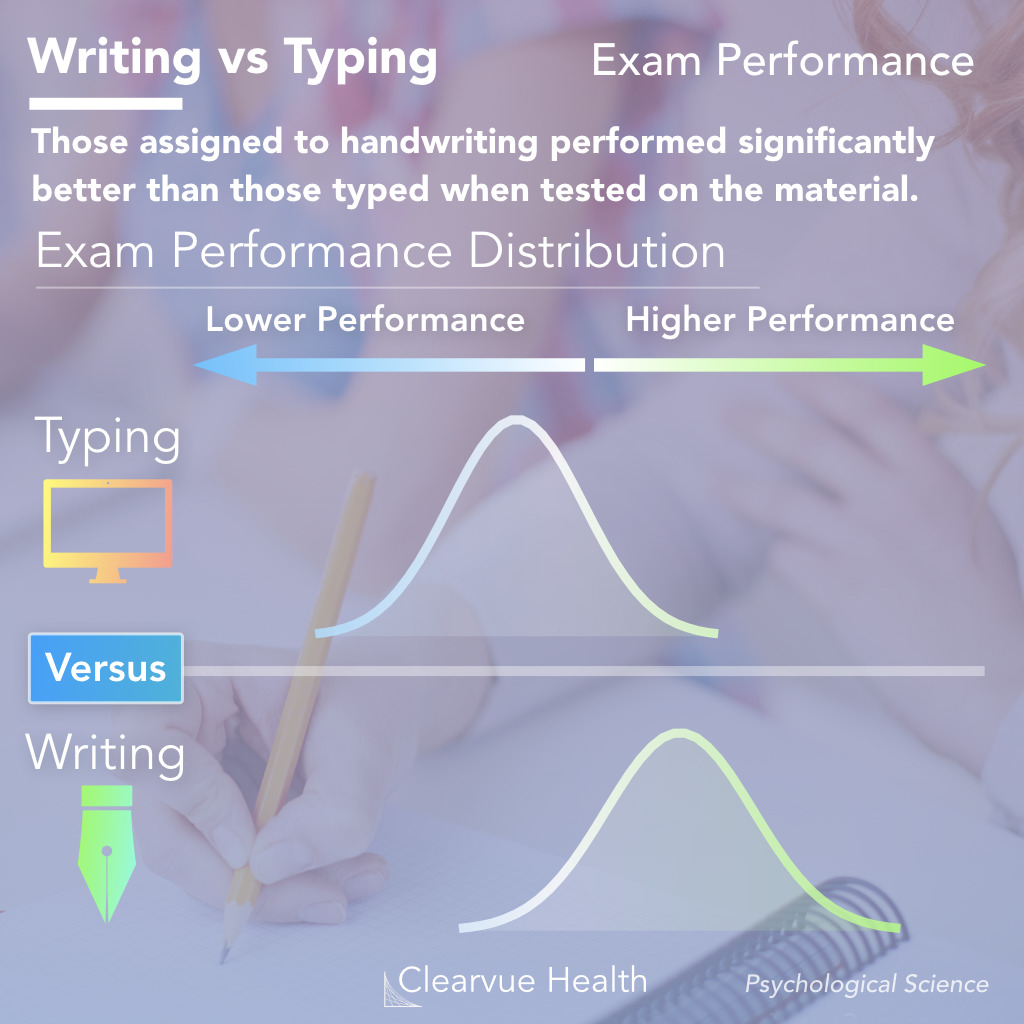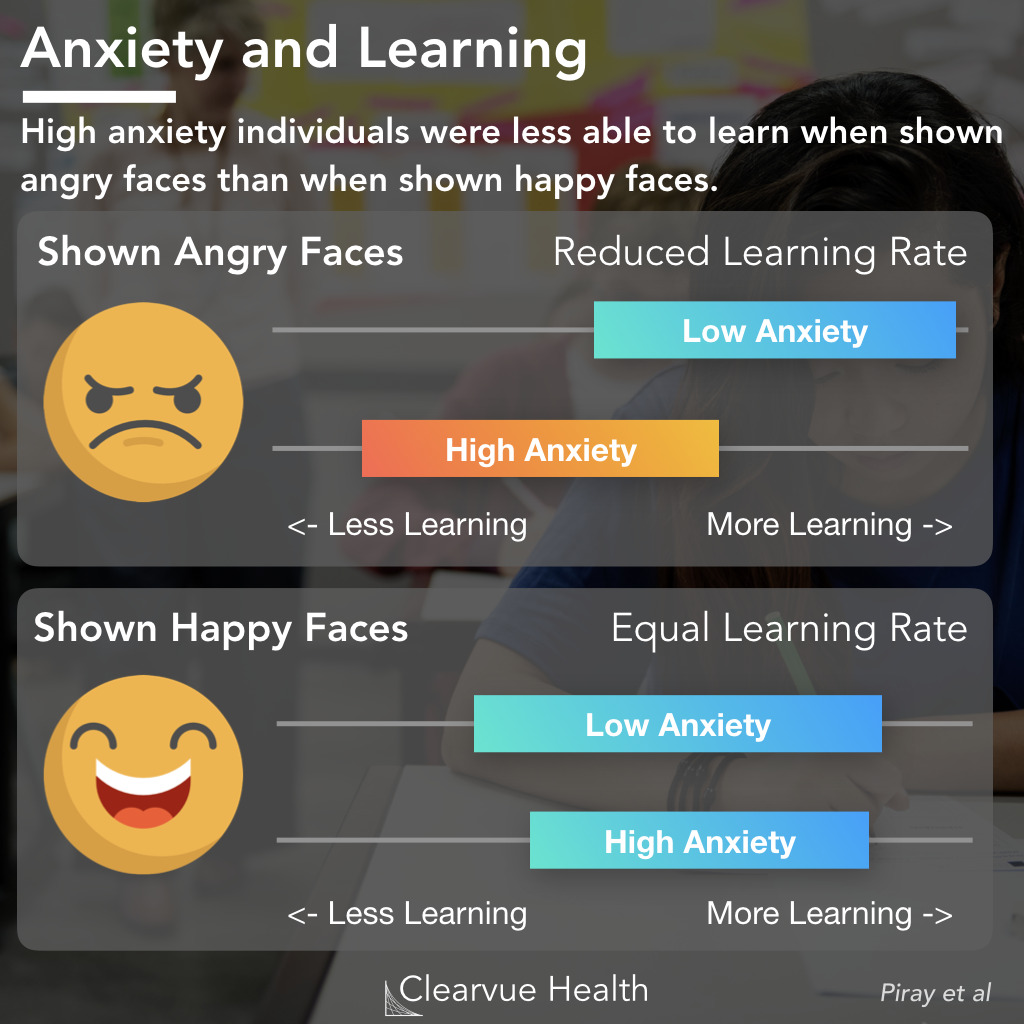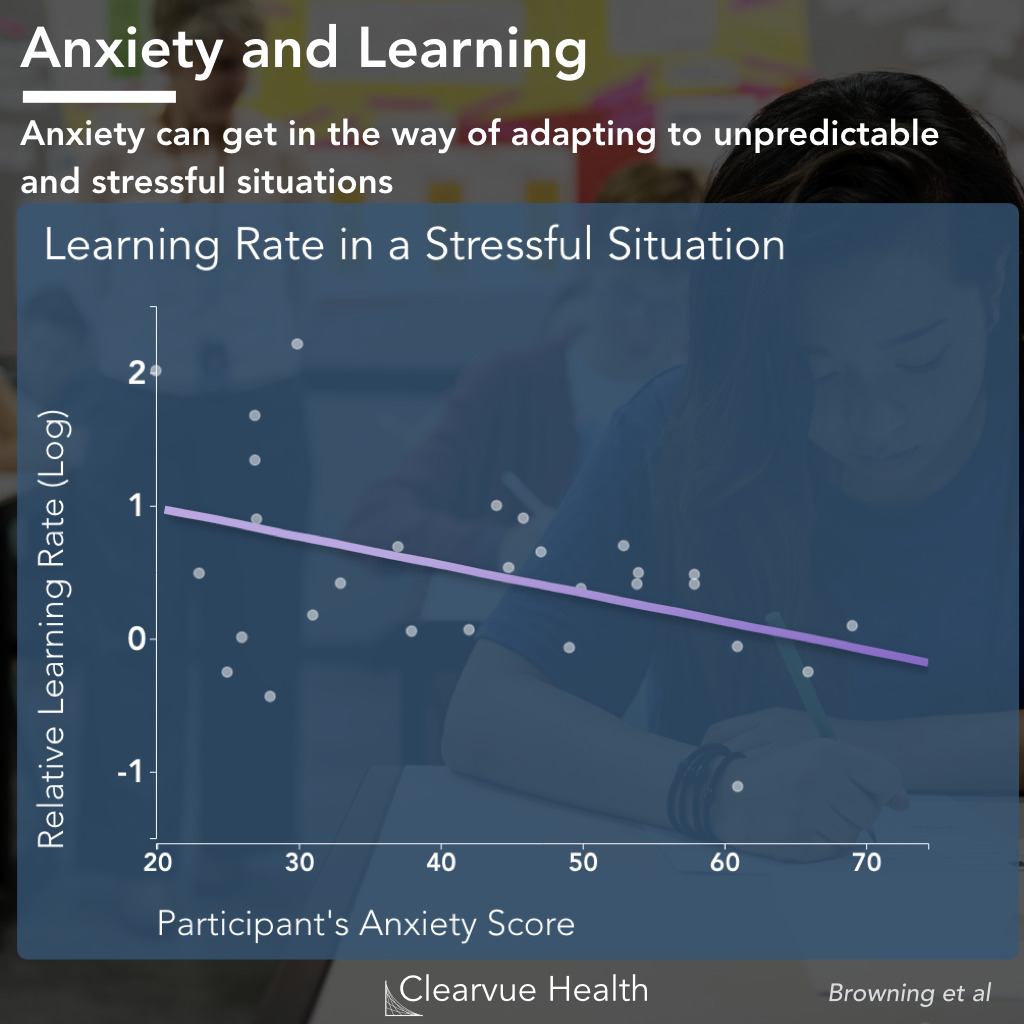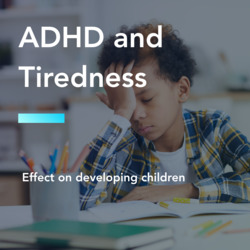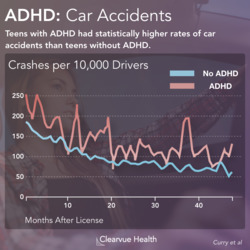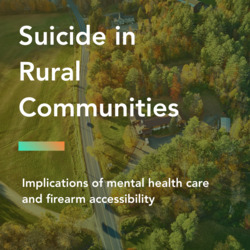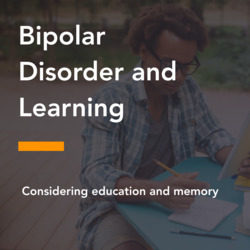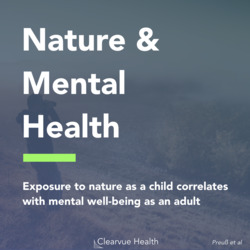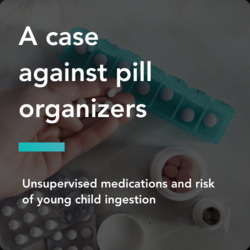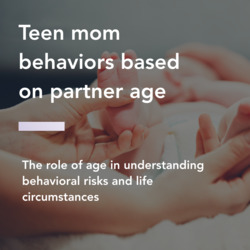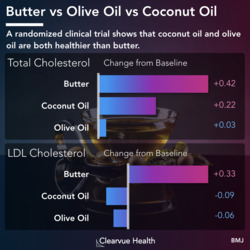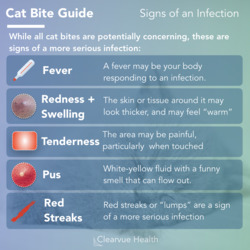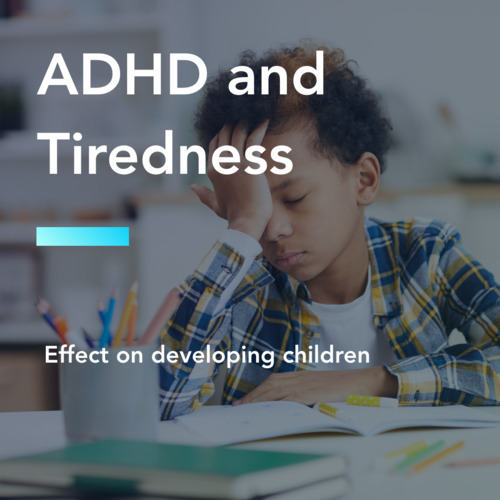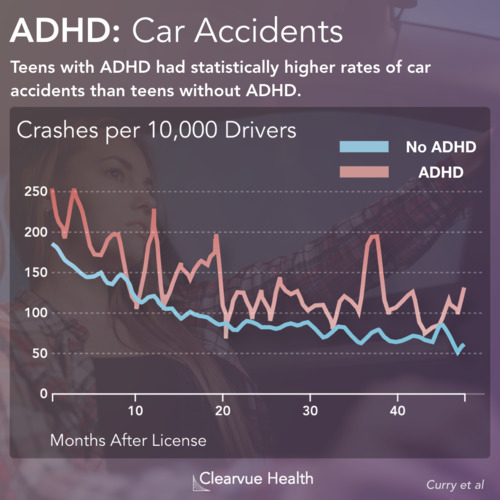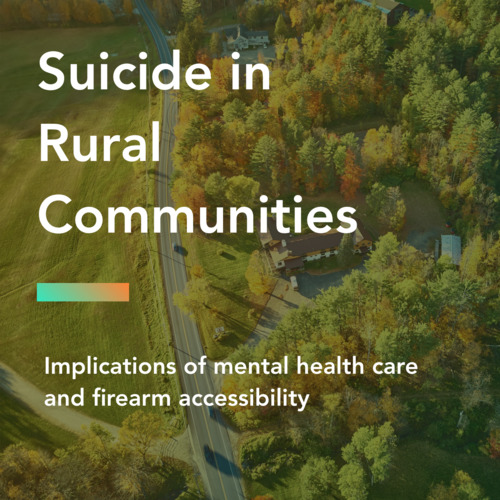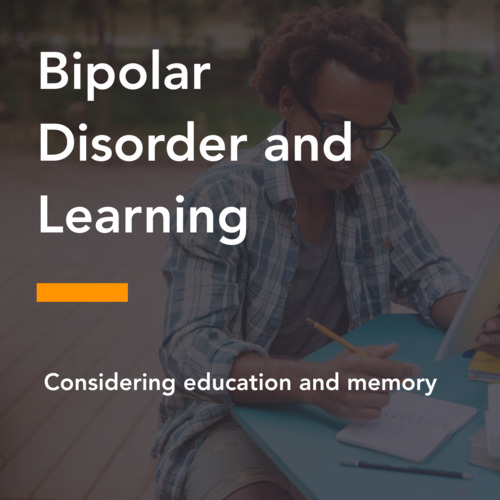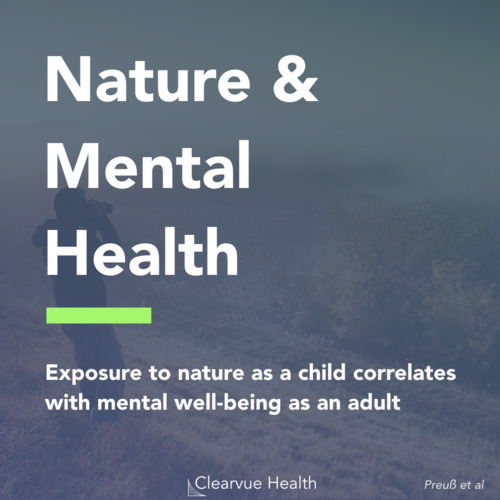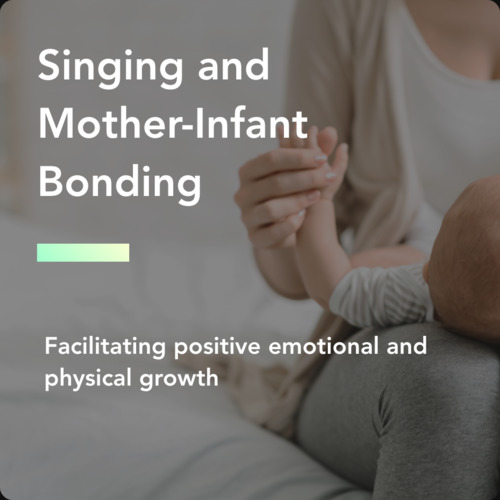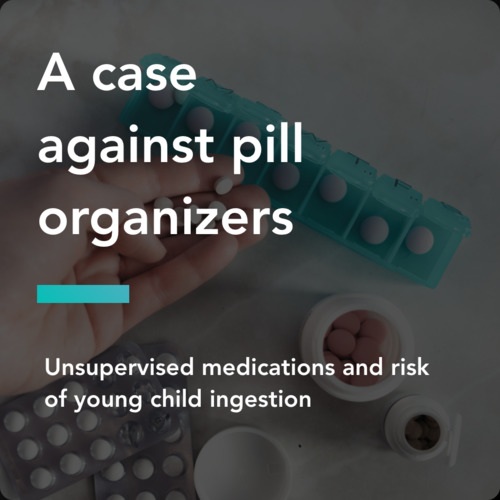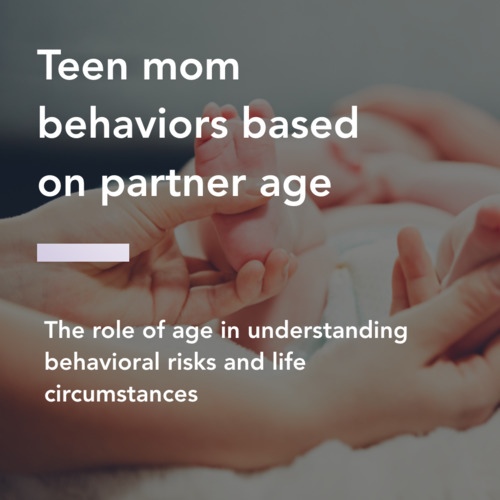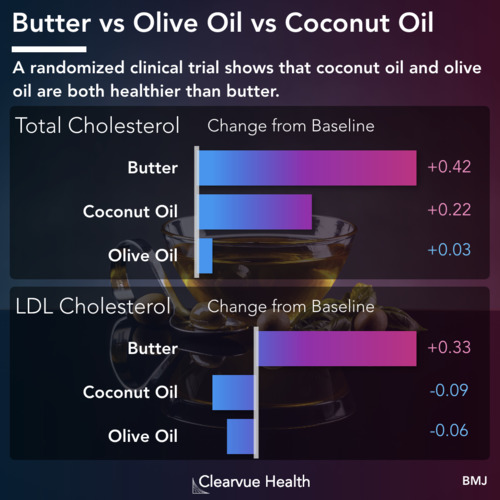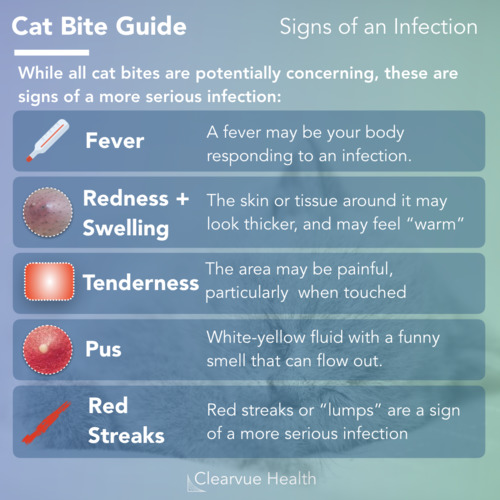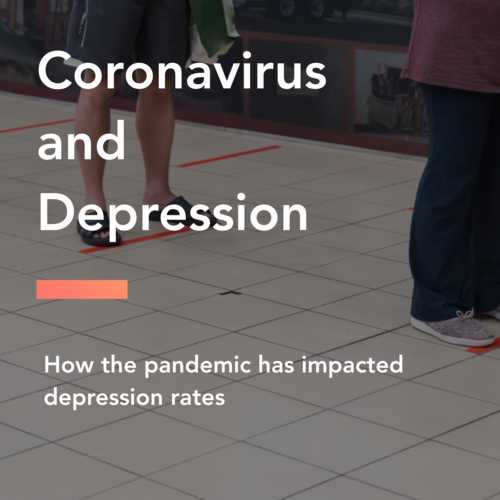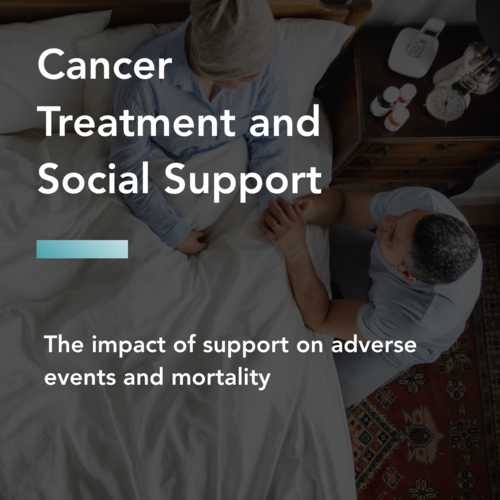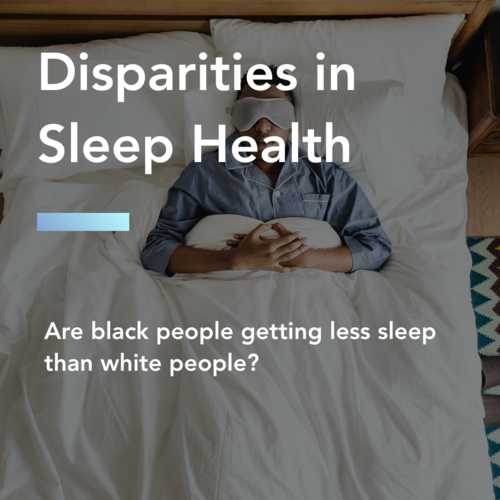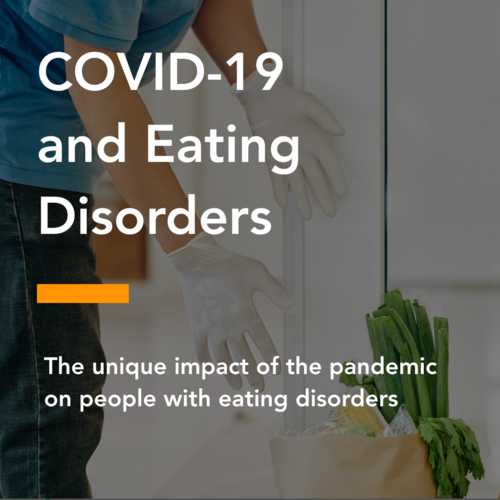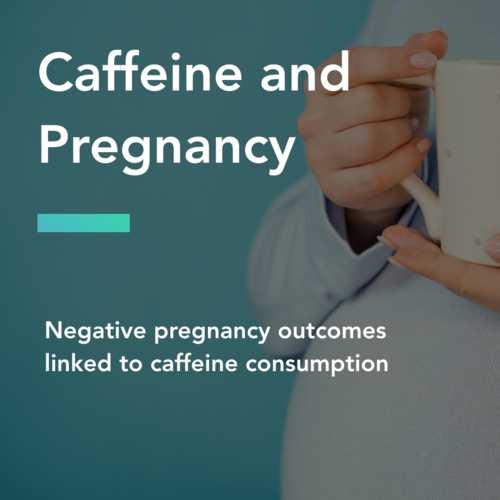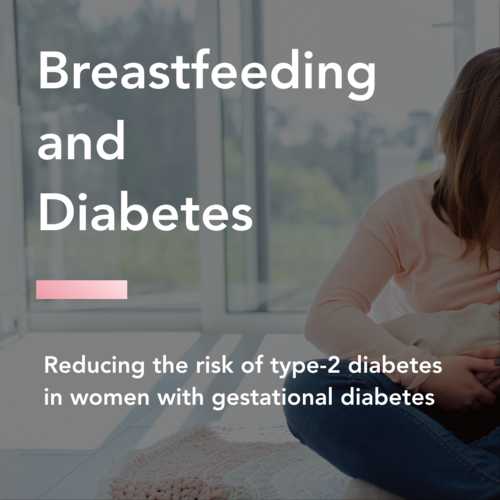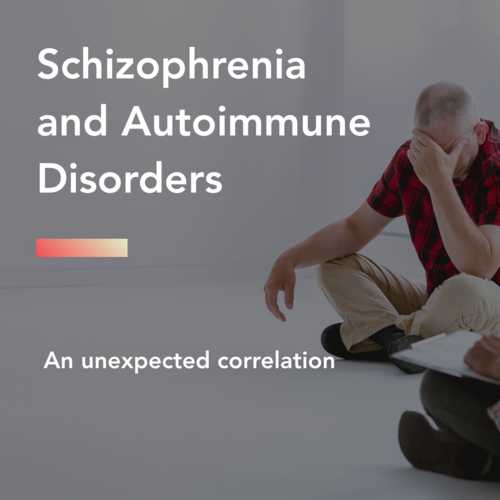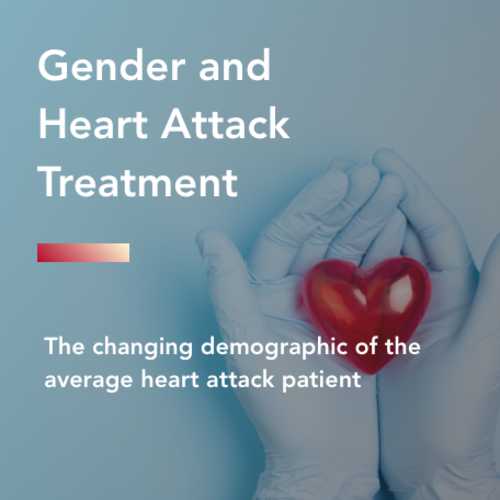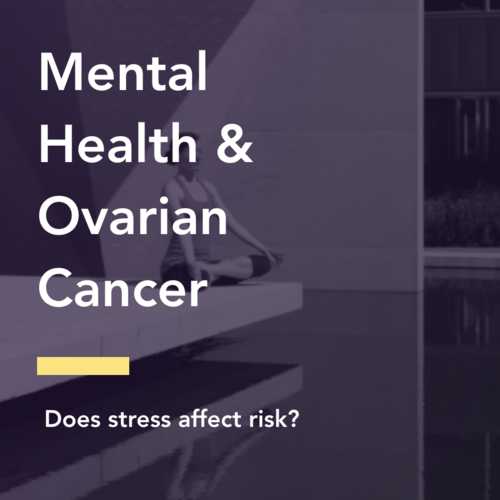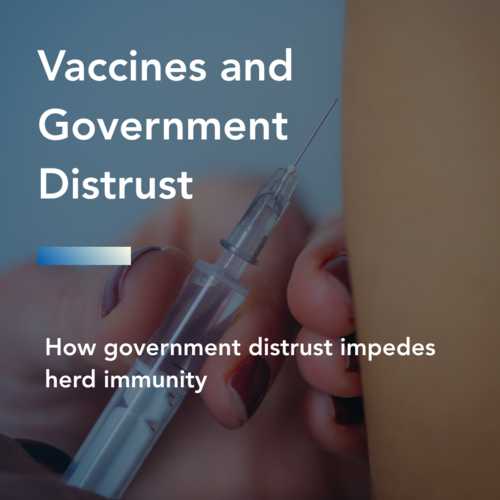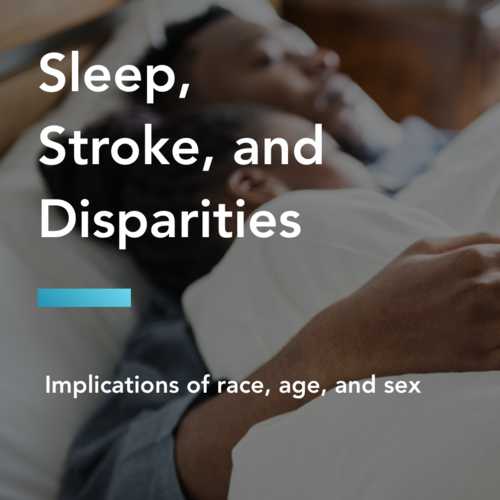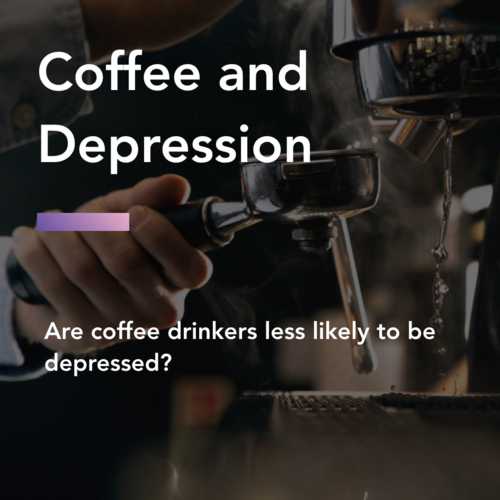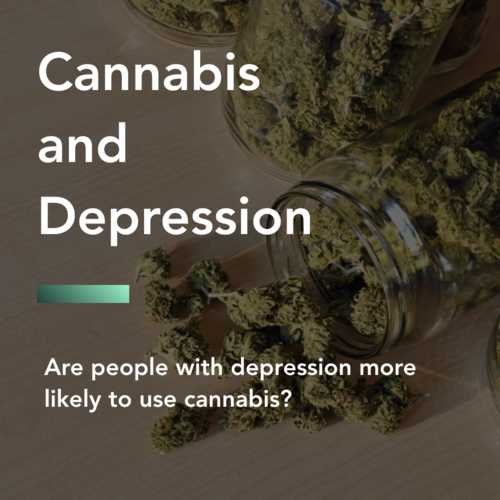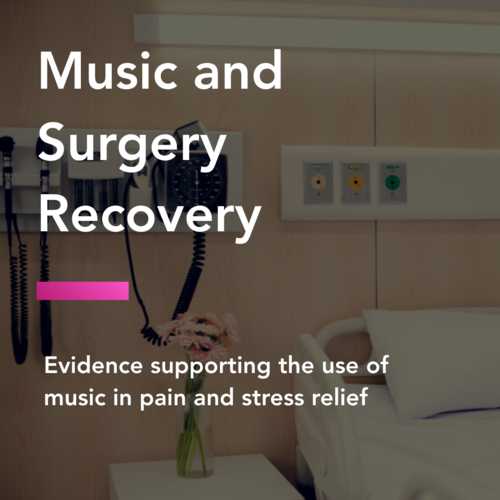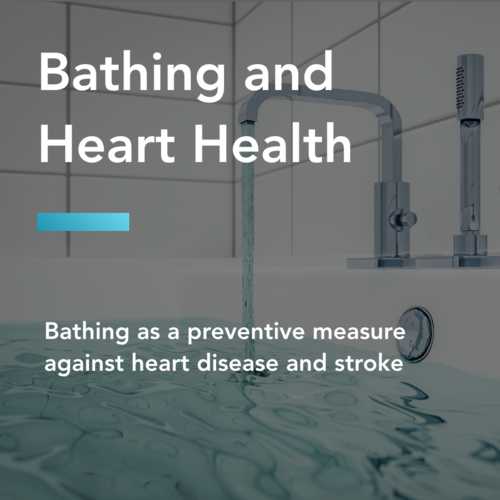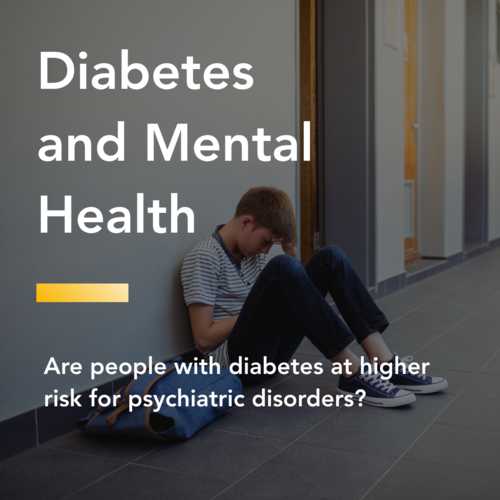Overall Attention Deficit Growth Trend

Figure 1: Overall Attention Deficit Growth Trend. Attention Deficit Disorder has continued to grow in the United States. 6% of American children were diagnosed with ADHD in 1997. Over 10% were diagnosed with it in 2016. The red line represents the prevalence of ADHD. The white area represents the margin of error. Data was collected over 20 years from 186,457 American children.
If you've ever suspected that more kids today have ADD/ADHD than before, a new study says that you may be right.
The prevalence of ADHD among American kids has increased from 6% in 2997 to over 10% in 2016.
At least some of this may be driven by higher awareness of the disorder. The symptoms of ADHD, including lack of attention and hyperactivity, may have been regarded as normal in the past. With increasing awareness, more parents may be seeking help for their kids.
Prevalence refers to the percentage of individuals in a population with a certain condition. Incidence refers to how frequently new cases of a disease occurs within a certain period of time. For example, the incidence of HIV refers to the number of people getting diagnosed with HIV, while the prevalence of HIV refers to the number of living with HIV.
ADD stands Attention Deficit Disorder. ADHD stands for Attention Deficit Hyperactivity Disorder. In the past, the disorder we now know as ADHD was referred to as ADD. However, more recently ADD has been categorized as a subtype of ADHD. ADHD as a disorder includes symptoms of hyperactivity, along with attention deficit symptoms.
ADD/ADHD Trends by Race

Figure 2: ADD/ADHD Trends by Race. ADHD prevalence has grown the fastest in African American children. 13% of African American children were estimated to have ADHD in 2016, compared to 12% of White children and 6.1% of Hispanic children. Data was collected over 20 years from 186,457 American children.
When the data is broken down by race, we can see that Attention Deficit Disorder has grown in every race of kids in the United States. It has grown the fastest among African American children.
Today, around 13% of African American children have been diagnosed with ADHD, compared to around 12% of Caucasian children and 6.1% of Hispanic children.
Of note, these numbers refer to diagnosed cases of ADHD rather than the total cases of kids who have ADHD. ADHD as a disorder can often go underdiagnosed (or overdiagnosed) depending on awareness, access to mental health services, and cultural factors.
ADD/ADHD Trends by Income

Figure 3: ADD/ADHD Trends by Income. Kids living below the poverty line have the highest prevalence of ADHD. Kids below the povery line have a ADHD prevalence of 13%. Kids in families with incomes between 2x-4x the poverty line had an ADHD prevalence of around 10%. Kids in wealthy families with incomes above 4x the povery line had an ADHD prevalence of 9.4%. Data was collected over 20 years from 186,457 American children.
ADHD also shows different trends and rates depending on a family's income. Children from lower income families, with incomes below the poverty line, have the highest rates of ADHD.
Wealthier kids have the lowest rates of ADHD, though the differences were small between any income above poverty.
ADD/ADHD Trends by Gender and Age

Figure 3: ADD/ADHD Trends by Gender and Age. ADHD is significantly more common among boys than girls at 14% and 6.3% respectively. Many cases of ADHD are not diagnosed until age 12 or older. Data was collected over 20 years from 186,457 American children.
When it comes to gender, ADHD is about twice as common among boys than among girls. This gender difference has remained roughly stable over the past 20 years.
When we look at age groups, we can see that many cases of ADHD are not diagnosed until after kids reach age 12, as evidenced by the significantly higher rate of ADHD in kids ages 12-17.
Can ADHD Be Treated?
Absolutely. Experts in fact recommend treating ADHD with medication and behavior therapy together. Studies have shown that treatment for ADHD can be highly effective.
“
For elementary school–aged children (6–11 years of age), the primary care clinician should prescribe US Food and Drug Administration–approved medications for ADHD and/or evidence-based parent and/or teacher-administered behavior therapy as treatment for ADHD, although preferably both medication and behavior therapy should be used together.
CDC
Source: Attention-Deficit / Hyperactivity Disorder (ADHD)
Key Takeaways
If you suspect that your kids may have ADHD, get them tested. ADHD is not something to be ashamed of. As the data shows, it's also not uncommon at all. If your kids get diagnosed and treated, they may be able to unlock significant potential and capabilites that were hindered by ADHD.
Related: Anxiety and Learning
Another disorder that can affect learning is Anxiety, particularly social anxiety.
Anxiety can get in the way of learning in stressful situations. Neuroscience shows that anxiety keeps your brain from adapting to volatility. Small changes to the learning environment can make it much easier for anxious individuals
Related: Writing vs Typing
When it comes to learning, students and teachers have debated endlessly about writing vs typing notes. However, there have been few scientific studies on this matter, until recently. Researchers from Princeton University set out to finally settle this with an experiment to determine once and for all, which is better writing or typing?
